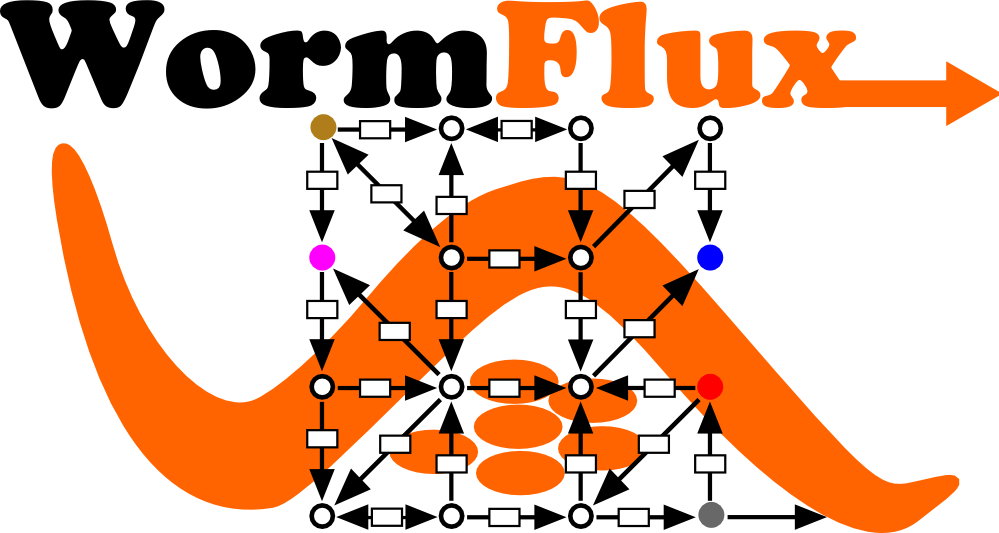
| Abbreviation ..................................................... | : | Rtotal4coa |
| Name ..................................................... | : | R total 4 coenzyme A |
| Model ID ..................................................... | : | CC0084 |
| KEGG ID (?) Compounds in KEGG database that match this compound. ..................................................... | : | Not available |
| Formula ..................................................... | : | CO2FULLR4C21H31N7O15P3S |
| Charge ..................................................... | : | -4 |
| Localization ..................................................... | : | Cytosol |
| BiGG matches (?) Compounds in BiGG database that match this compound. ..................................................... | : | Rtotalcoa, Rtotal2coa, Rtotal3coa, acoa |
| Other associations ..................................................... | : | See reaction table below. |
|
|
||
|
In WormPaths
(?)
Pathway maps where this metabolite is represented are listed here. Letters after map name indicate the compartments the metabolite is placed in the map: (c) Cytosol (m) Mitochondria (e) Extracellular space ..................................................... |
: | Glycerolipid metabolism (c) |
 |
||||||
 |
||||||
Not applicable |
 |
Not applicable |